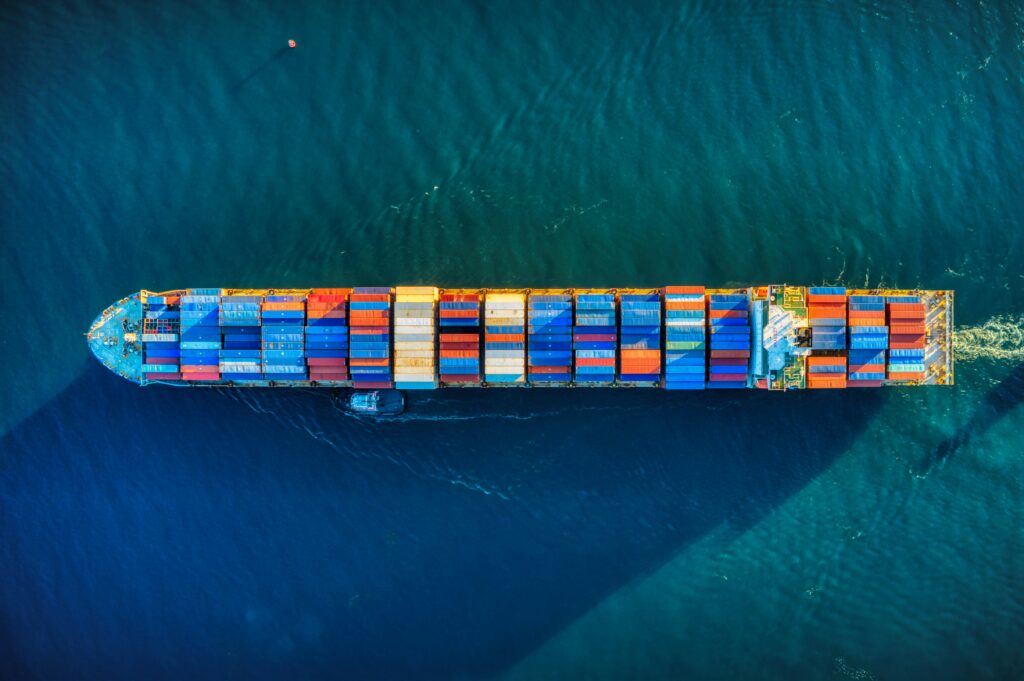Supply Chain Approaches to Beat Permacrisis
26th March 2024

Manhattan Associates comments on how retailers can adapt and beat major and ongoing supply chain challenges.
The past few years have been tumultuous for retailers and consumers, with the cost-of-living crisis, magnified by inflation and higher interest rates, proving difficult for both parties. Last year, almost 24,000 vessels took the passage linking the Mediterranean and Red Sea, carrying about 12% of global trade and 30% of global container traffic; it also carried 40% of Asia-Europe trade. The Red Sea shipping lanes, along with The Suez and Panama canals, are vital arteries of trade for the entire world.
According to the Kiel Institute, global trade declined by 1.3% from November to December last year as a result of militant attacks on merchant vessels in the Red Sea; the recent disruption and increasing regional tension in the Middle East is once again a sharp reminder that supply chain resilience should not be taken for granted.
With supply chain disorder showing little sign of abating, brands must learn to adapt to ongoing crises.
Commerce with confidence
Consumers today expect the very best shopping experience, meaning it’s essential that brands are delivering a frictionless customer journey. This is best achieved through the latest technology. “In retail, customers are consistently upping the ante on retailers,” comments Craig Summers, Vice President, Northern Europe & MEA, Manhattan Associates. “When consumers enjoy a new capability offered by one retailer, they expect others to quickly implement a similar experience. Creating a single, seamless customer and associate experience with software that unifies online, mobile, and in-store commerce is vital when providing your teams with more inventory visibility, sales and customer preference data.”
Perfect planning prevents poor performance
And in a constantly evolving, fast-paced environment for brands, creating as many efficiencies as possible allows more adaptability, preventing and mitigating crises. “Applying insights to inventory strategies across every selling channel your brand operates in is absolutely crucial to maximising profits and minimising waste in all its forms – time, money and environmental. Solutions that provide predictive and autonomous optimisation of your global inventory network will benefit P&Ls and the planet, all at the same time,” Summers adds.
Consolidation and execution
Lastly, having a unified solution means brands can respond to issues swiftly – and successfully. Summers continues, “The unification of technology is key to navigating increasingly challenging digital landscapes. By consolidating all distribution, labour, automation, transportation, and yard management in a unified cloud-native solution you can ensure that your supply chain execution continuously adapts and scales to meet your business needs and your business challenges.”
The ‘permacrisis’ won’t, by its nature, go away any time soon. It is therefore essential that, with the right technologies and guidance, businesses build agility and resilience into their supply chain strategies in order to deliver continued efficiency, profitability and continuity in uncertain times – or else risk succumbing to the pressure of ongoing disruption.
read more

